

Michelle Lin & Tianyi Zhang

A rose is a woody perennial flowering plant of the genus Rosa, in the family Rosaceae, or the flower it bears. There are over three hundred species and tens of thousands of cultivars. They form a group of plants that can be erect shrubs, climbing, or trailing, with stems that are often armed with sharp prickles. Flowers vary in size and shape and are usually large and showy, in colours ranging from white through yellows and reds.

Most of Peonies are herbaceous perennial plants 1–3 ft tall, but some are woody shrubs 1–11 ft tall. They have compound, deeply lobed leaves and large, often fragrant flowers, in colors ranging from purple and pink to red, white or yellow, in late spring and early summer. The flowers have a short blooming season, usually only 7–10 days.

Acer saccharum, the sugar maple or rock maple, is a species of flowering plant in the soapberry and lychee family Sapindaceae. It is native to the hardwood forests of eastern Canada.
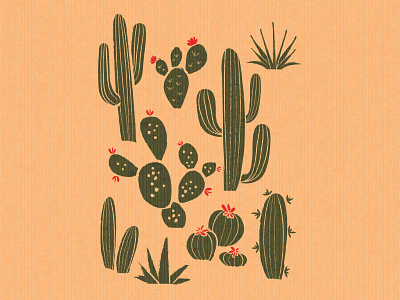
Cacti has a wide range of shapes and sizes. Most cacti live in habitats subject to at least some drought. Many live in extremely dry environments, even being found in the Atacama Desert, one of the driest places on earth. Cacti show many adaptations to conserve water. Almost all cacti are succulents, meaning they have thickened, fleshy parts adapted to store water.

Crab Cactus is a small genus of cacti with six to nine species found in the coastal mountains of south-eastern Brazil. Plants grow on trees or rocks in habitats that are generally shady with high humidity, and can be quite different in appearance from their desert-dwelling cousins. Most species of Schlumbergera have stems which resemble leaf-like pads joined one to the other and flowers which appear from areoles at the joints and tips of the stems.

Bombay Ceiba has a straight tall trunk and its leaves are deciduous in winter. Red flowers with 5 petals appear in the spring before the new foliage. It produces a capsule which, when ripe, contains white fiber like cotton. Its trunk bears spikes to deter attacks by animals. Although its stout trunk suggests that it is useful for timber, its wood is too soft to be very useful.
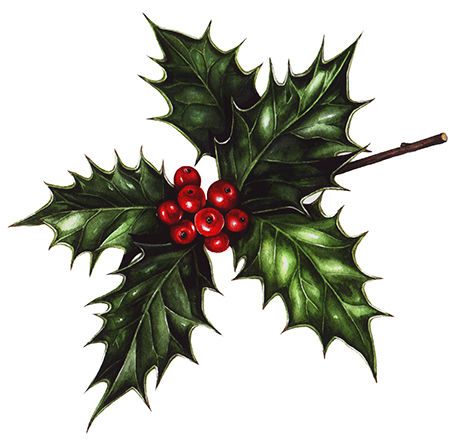
Holly, is a genus of about 480 species of flowering plants in the family Aquifoliaceae, and the only living genus in that family. The species are evergreen or deciduous trees, shrubs, and climbers from tropics to themperate zones worldwide. The type species is Ilex aquifolium, the common European holly used in Christmas decorations and cards.

Hibiscus Syriacus is a species of flowering plant in the mallow family, Malvaceae. Common names include the Korean rose (in South Korea), rose of Sharon (especially in North America), Syrian ketmia, shrub althea, rose mallow (in the United Kingdom). It is the national flower of South Korea and is mentioned in the South Korean national anthem.

A cherry blossom is a flower of many trees of genus Prunus. The most well-known species is the Japanese cherry, Prunus serrulata, which is commonly called sakura. All varieties of cherry blossom trees produce small, unpalatable fruit or edible cherries. Edible cherries generally come from cultivars of the related species Prunus avium and Prunus cerasus.

Chamomile is the common name for several daisy-like plants of the family Asteraceae. Two of the species are commonly used to make herbal infusions for traditional medicine, and there is some evidence that chamomile has an effect on health.

Jasmine is a genus of shrubs and vines in the olive family (Oleaceae). It contains around 200 species native to tropical and warm temperate regions of Eurasia and Oceania. Jasmines are widely cultivated for the characteristic fragrance of their flowers.
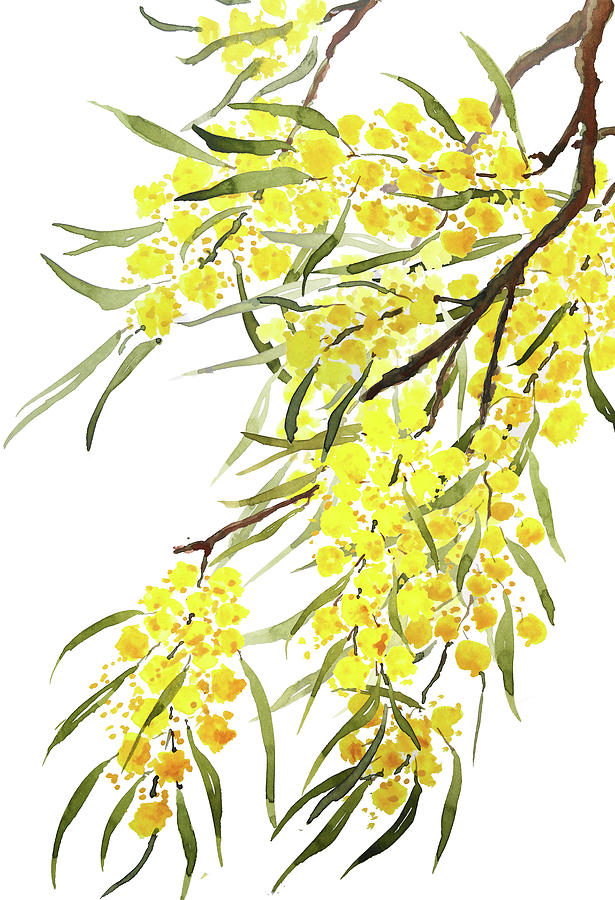
Acacia Pycnantha, most commonly known as the golden wattle, is a tree of the family Fabaceae native to southeastern Australia. The profuse fragrant, golden flowers appear in late winter and spring, followed by long seed pods. Plants are cross-pollinated by several species of honeyeater and thornbill, which visit nectaries on the phyllodes and brush against flowers, transferring pollen between them.
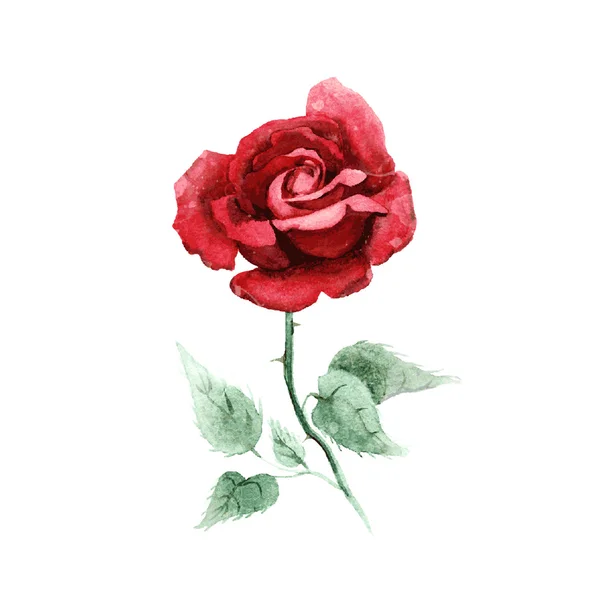
A rose is a woody perennial flowering plant of the genus Rosa, in the family Rosaceae, or the flower it bears. There are over three hundred species and tens of thousands of cultivars. They form a group of plants that can be erect shrubs, climbing, or trailing, with stems that are often armed with sharp prickles. Flowers vary in size and shape and are usually large and showy, in colours ranging from white through yellows and reds.
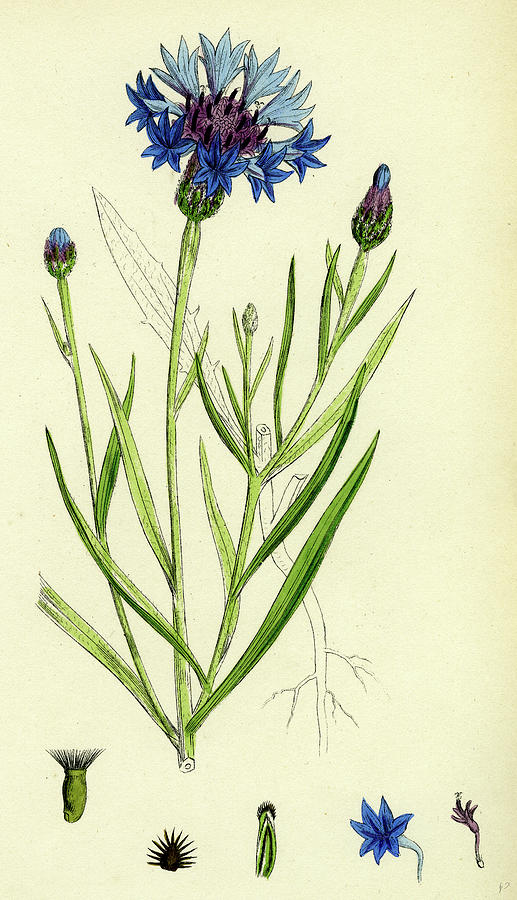
Centaurea cyanus, commonly known as cornflower or bachelor's button, is an annual flowering plant in the family Asteraceae native to Europe. In the past, it often grew as a weed in cornfields (in the broad sense of "corn", referring to grains, such as wheat, barley, rye, or oats), hence its name.

Iris pallida, the Dalmatian iris or sweet iris, is a hardy flowering perennial plant of the genus Iris, family Iridaceae. It is native to the Dalmatian coast (Croatia) but widely naturalized elsewhere. It is a member of the subgenus Iris, meaning that it is a bearded iris, and grows from a rhizome.
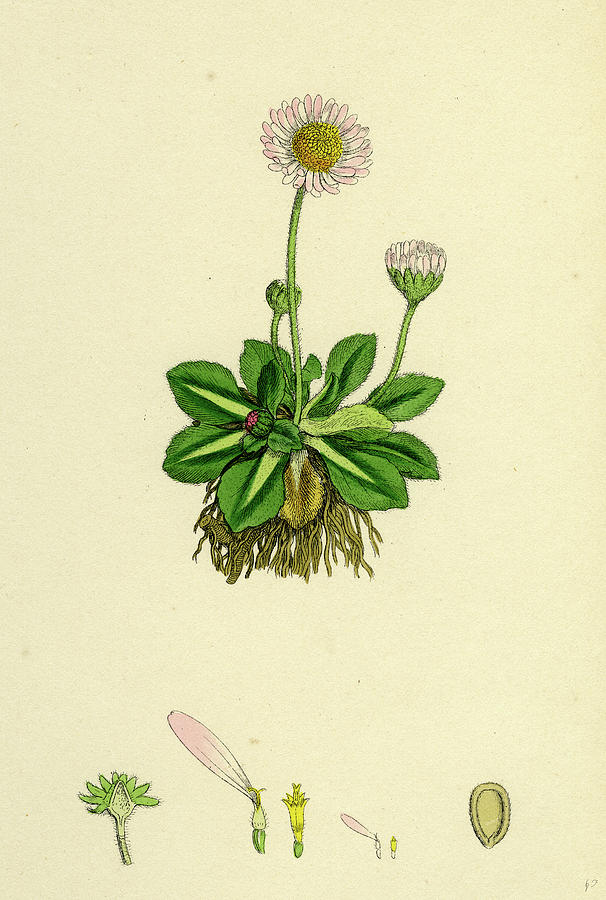
Bellis perennis is a common European species of daisy, of the family Asteraceae, often considered the archetypal species of that name. Bellis perennis is native to western, central and northern Europe, including remote islands such as the Faroe Islands but widely naturalised in most temperate regions including the Americas and Australasia.

Water lilies are a well-studied clade of plants because their large flowers with multiple unspecialized parts were initially considered to represent the floral pattern of the earliest flowering plants, and later genetic studies confirmed their evolutionary position as basal angiosperms.
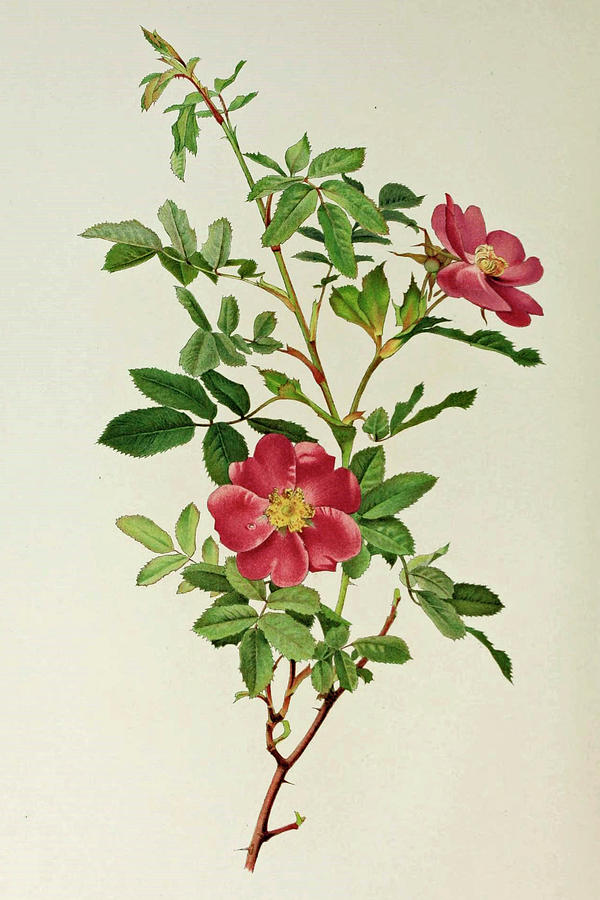
Rosa acicularis, also known as the prickly wild rose, the prickly rose, the bristly rose, the wild rose and the Arctic rose, is a species of wild rose with a Holarctic distribution in northern regions of Asia, Europe, and North America.
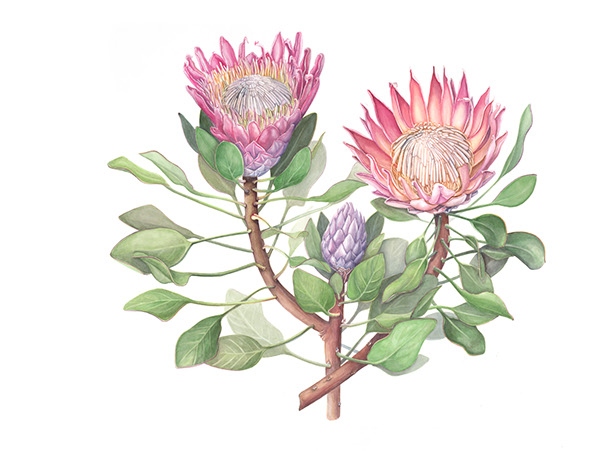
Protea cynaroides, also called the king protea, is a flowering plant. It is a distinctive member of Protea, having the largest flower head in the genus. The species is also known as giant protea, honeypot, or king sugar bush. It is widely distributed in the southwestern and southern parts of South Africa in the fynbos region.
/wall-murals-lotus-hand-drawn-sketch-and-watercolor-illustrations-watercolor-painting-lotus-lotus-illustration-isolated-on-white-background.jpg.jpg)
Lotus, also known as Indian lotus, sacred lotus, bean of India, Egyptian bean or simply lotus, is one of two extant species of aquatic plant in the family Nelumbonaceae. It is often colloquially called a water lily.

A lichen is a composite organism that arises from algae or cyanobacteria living among filaments of multiple fungi species in a mutualistic relationship. Lichens have properties different from those of their component organisms. Lichens come in many colors, sizes, and forms and are sometimes plant-like, but lichens are not plants.